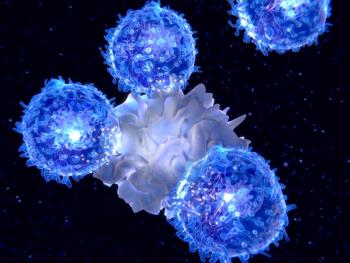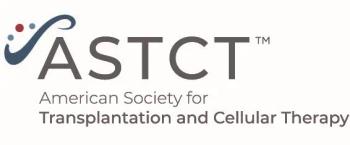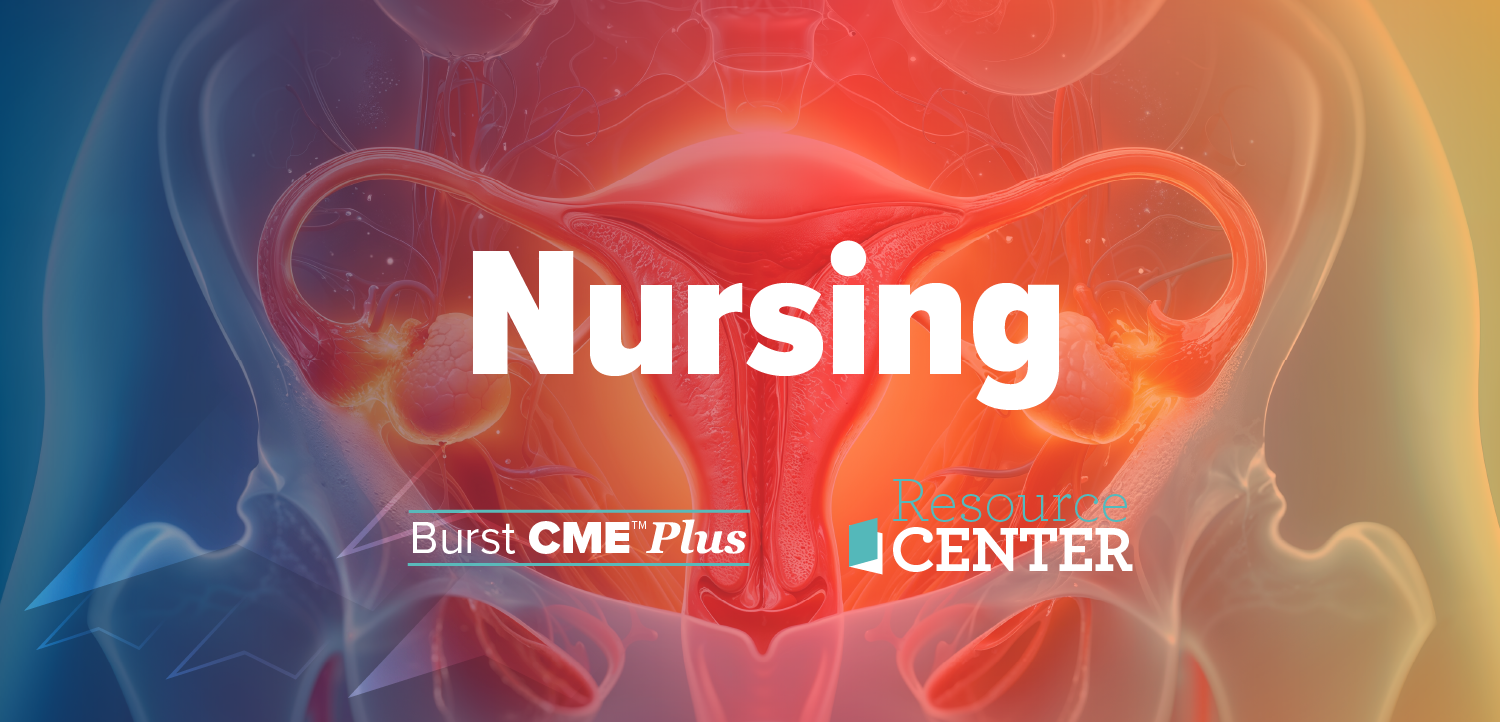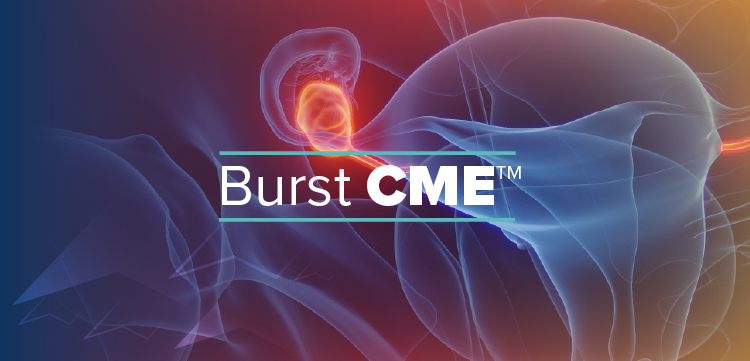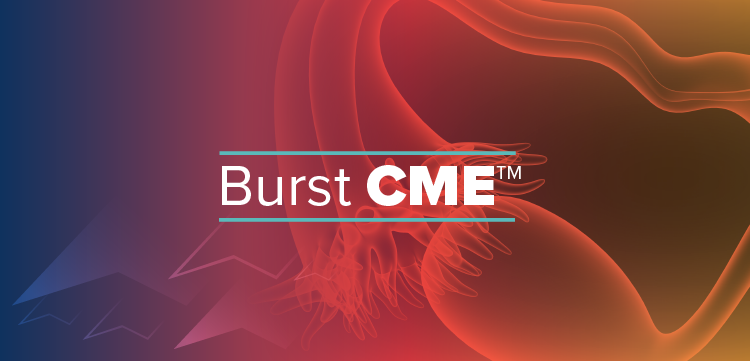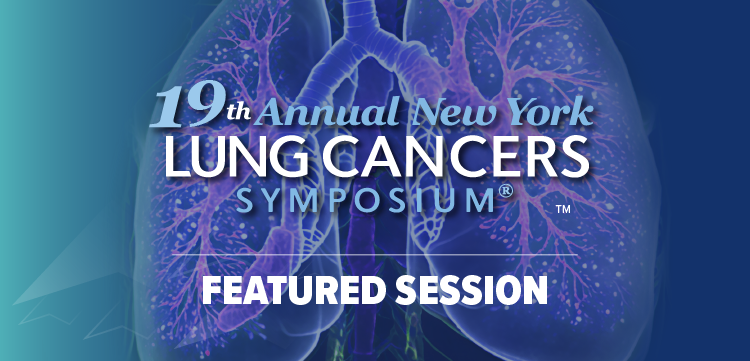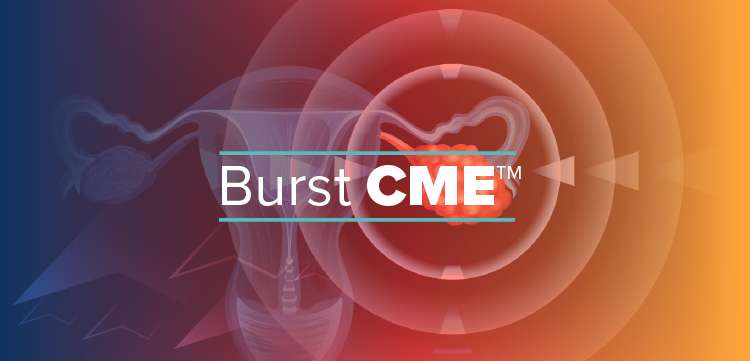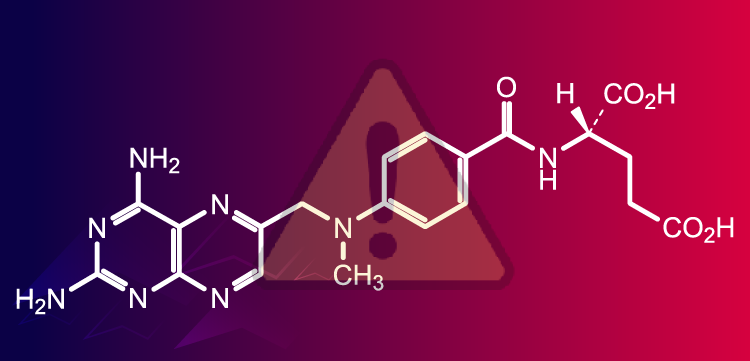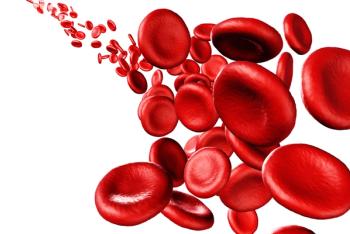
GM-CSF Improves Antifungal Treatment in Allogeneic HSCT Recipients
GM-CSF was associated with lower transplantation-related and cumulative mortality among patients undergoing allogeneic hematopoietic stem cell transplantation.
The use of granulocyte-macrophage colony-stimulating factor (GM-CSF) was associated with lower transplantation-related and cumulative mortality among patients undergoing allogeneic hematopoietic stem cell transplantation (HSCT), according to a new study. The study included patients with several underlying diseases, including chronic myeloid leukemia (CML).
Both GM-CSF and granulocyte colony-stimulating factor (G-CSF) decrease the duration and severity of neutropenia in patients undergoing chemotherapy. “Despite the fact that G-CSF and GM-CSF share a number of biologic activities, GM-CSF seems to be more potent against fungi,” wrote study authors led by Chun Wang, MD, PhD, of Shanghai Jiao Tong University Affiliated First People’s Hospital in China. Previously, no study had compared the prophylactic effects of these in patients undergoing allogeneic HSCT.
In this study, a total of 206 patients were randomized to receive either once-daily GM-CSF (68 patients), G-CSF (69 patients), or a combination of the two (69 patients). The most common underlying disease was acute myeloid leukemia, in 74 patients, followed by CML, in 43 patients, acute lymphoblastic leukemia, in 34 patients, and others with fewer patients. Results of the study were
In an intent-to-treat analysis, the 100-day incidence of invasive fungal disease was no different between the three groups. The antifungal treatment response was better, however, in the GM-CSF and combination groups from day 22 to day 100, compared with the G-CSF group (P = .009).
The cumulative mortality rate at 100 days was better in the GM-CSF group than in the G-CSF group, at 10.3% in the former and 24.6% in the latter (P = .037). With regard to transplantation-related mortality, the 100-day rate in the GM-CSF group was 8.8%, similar to the 8.7% in the combination group; both were better than the G-CSF group, at 21.7% (P = .034).
Over a longer period, the benefit appeared to remain. After a median follow-up of 600 days, the GM-CSF group had an invasive fungal disease–related mortality rate of 1.47%. The combination group had a rate of 1.45%, and the G-CSF group had a rate of 11.59% (P = .016).
The authors wrote that the improved outcomes could be explained because GM-CSF acts to increase the number of tissue macrophages and the number of circulating neutrophils, monocytes, and eosinophils, as well as increases the phagocytic activity of these against fungi.
“GM-CSF may be preferred in recipients of allogeneic HSCT during periods of neutropenia to reduce infections and infection-related mortality,” they concluded.
Newsletter
Stay up to date on recent advances in the multidisciplinary approach to cancer.


